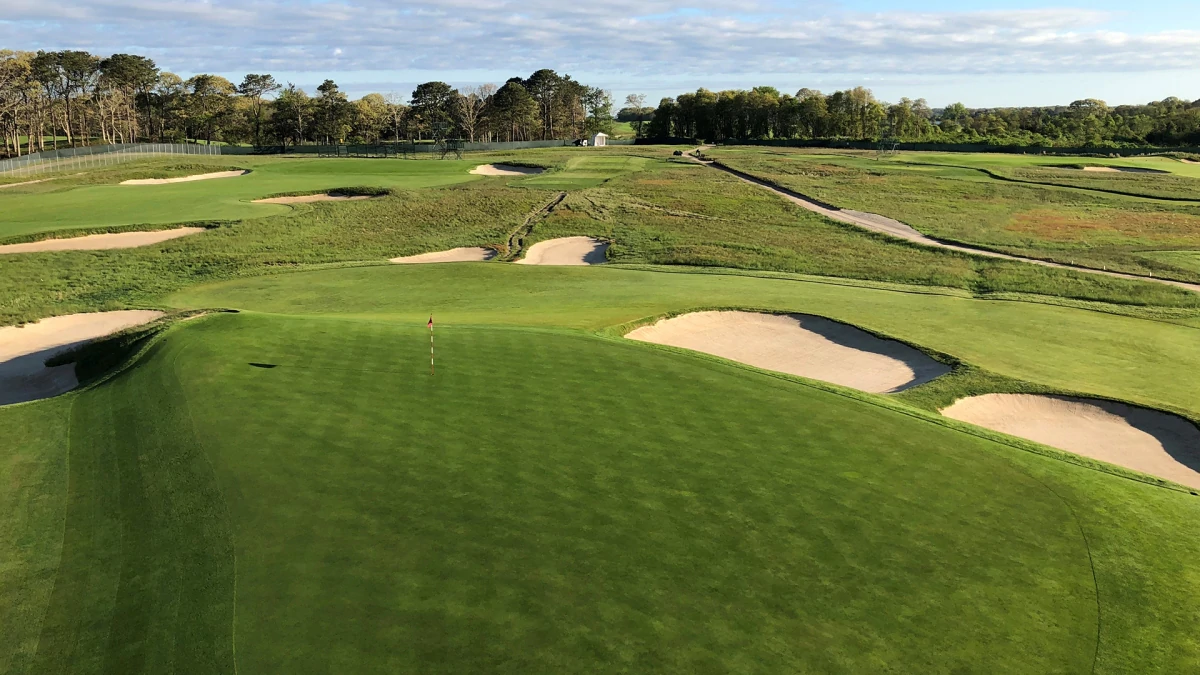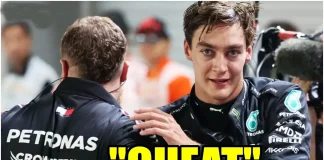SOUTHAMPTON, N.Y. – With apologies to Retief Goosen, what most fans remember about the 2004 U.S. Open was Phil Mickelson finishing second (again) and the USGA losing control of the par-3 seventh hole.
That year, the 189-yarder (with a Redan green that slopes from the front right to the back left) played to a 3.652 scoring average and surrendered only three birdies. Worse, the USGA decided to intermittently water the green, creating an unfair playing surface for the final round.
“Different time, 14 years ago,” USGA executive director Mike Davis said Wednesday.
It’s one of the USGA’s most controversial holes ever, but the green hasn’t been softened for this year’s edition.
U.S. Open: Tee times | Full coverage
“You’ve basically got a seven-yard area to hit it into,” Rory McIlroy said. “That’s your margin of error.”
To keep No. 7 and the rest of the course from crossing the line, again, Davis and Co. will instead rely on more technology (moisture levels, meteorology, firmness, speed) to create a championship that tests every aspect.
The seventh hole, in particular, though, is a setup man’s worst nightmare. Players must fly their tee shots at least onto the first part of the green, because the false front prevents them from landing the ball short and running it up onto the green, but if it flies too deep it’ll ride the 4-percent slope and funnel off the back or the sides.
“At the end of the day, we believe that, as long as we keep the turf healthy there and there’s enough moisture and we keep the green at an appropriate speed, that it will be a very difficult hole, but it will be playable,” Davis said. “You have to not only think about how you want to shape your shot in there, and how high you want to hit it, but you want to think about where do you want to putt from. So that’s a hole we’re being very cautious on.”

Source: Internet
















